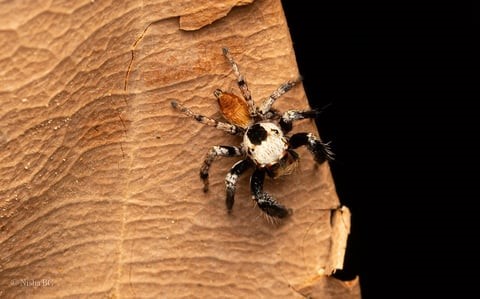Climate activist Sonam Wangchuk and other activists from Ladakh have demanded that Schedule 6 be made applicable to the Union Territory.

ADC in Ladakh
References
Recently, arachnologists discovered a new genus of jumping spiders, Tenkana, across southern India. This genus encompasses two previously known species and also includes a spider called Tenkana jayamangali in Karnataka.
Tenkana jayamangali

References
The Supreme Court in its recent Verdict cleared that State’s power to make laws on industrial alcohol can’t be taken away.
References
New research shows most space rocks crashing into earth come from a single source, while some of these meteorites come from the Moon and Mars, the majority come from asteroid.
One family of asteroids
Reference
The Hindu | Study on space rocks
A species of hornet that often munches on foods containing alcohol can hold its liquor, without any side effects, at levels that no other known animal can tolerate.
Fruit flies and tree shrews cannot stomach more than 4% ethanol in their meals.
Reference
goovel5 7 months
Geometry Dash, this game is the perfect match for those who love challenges and music!
Gayle Lassin 8 months
Staying updated on UPSC current affairs is crucial. Reading Prelim Bits daily helps me conquer the knowledge game. Sometimes, between study sessions, I need a quick break. That's when I dive into some fun io games online to refresh my mind before tackling more UPSC material. It's all about balance!